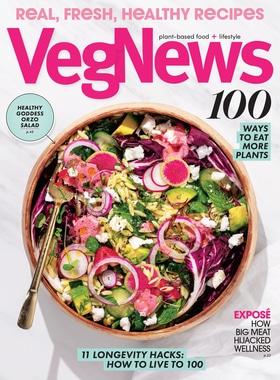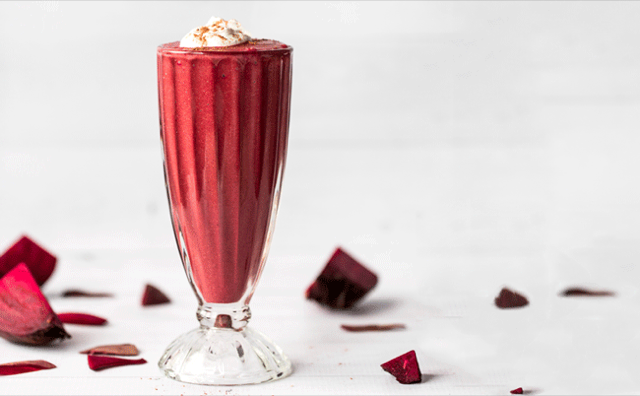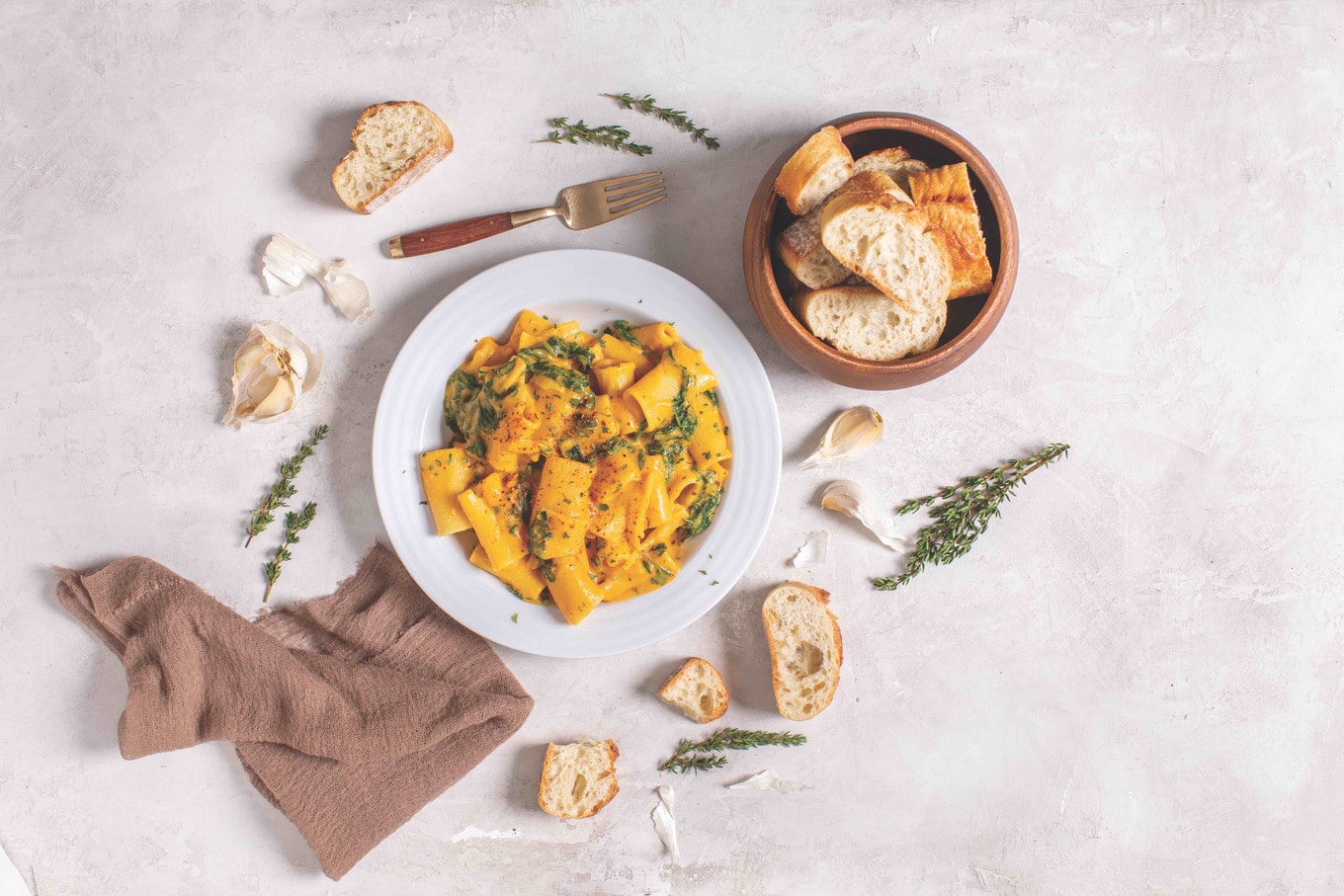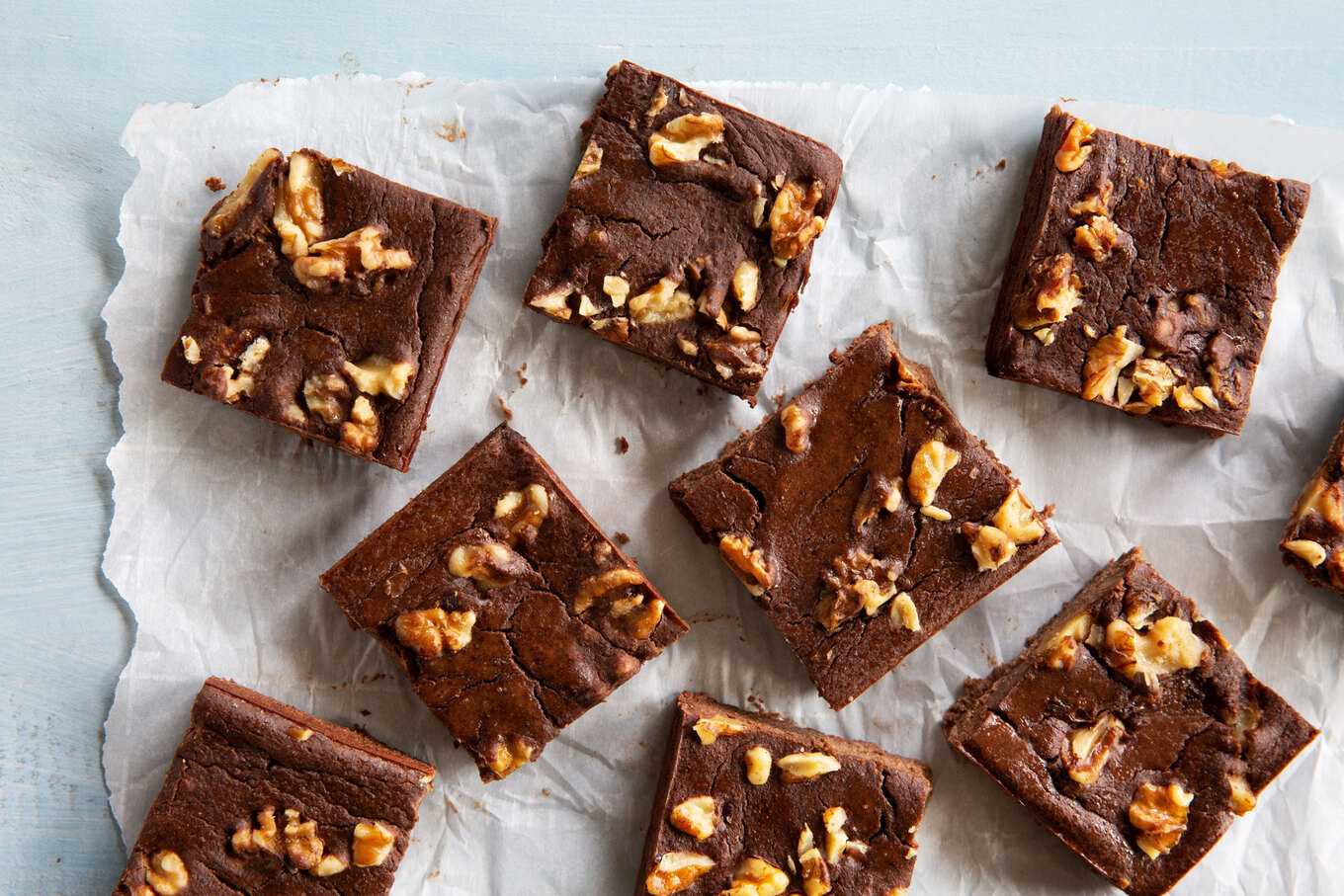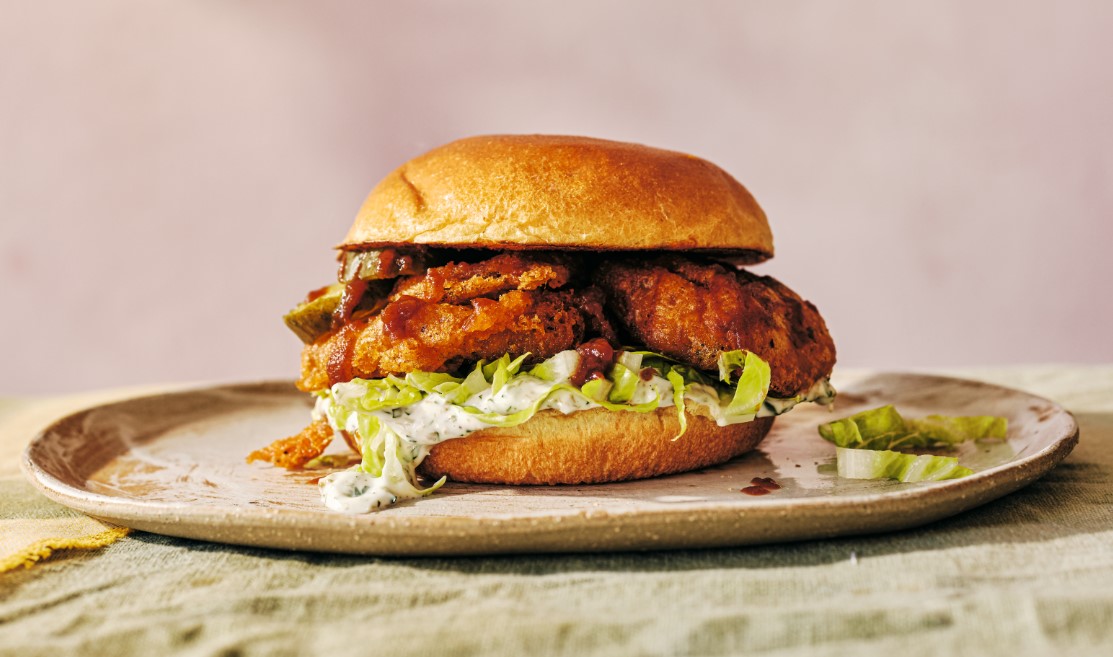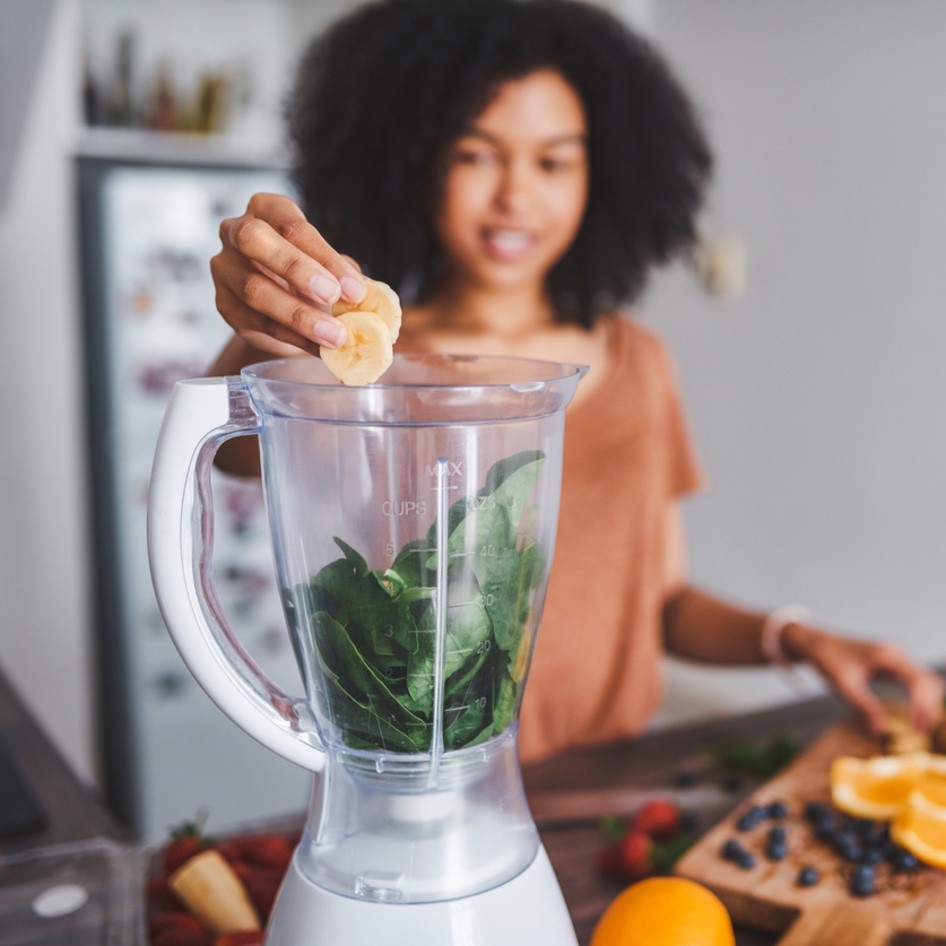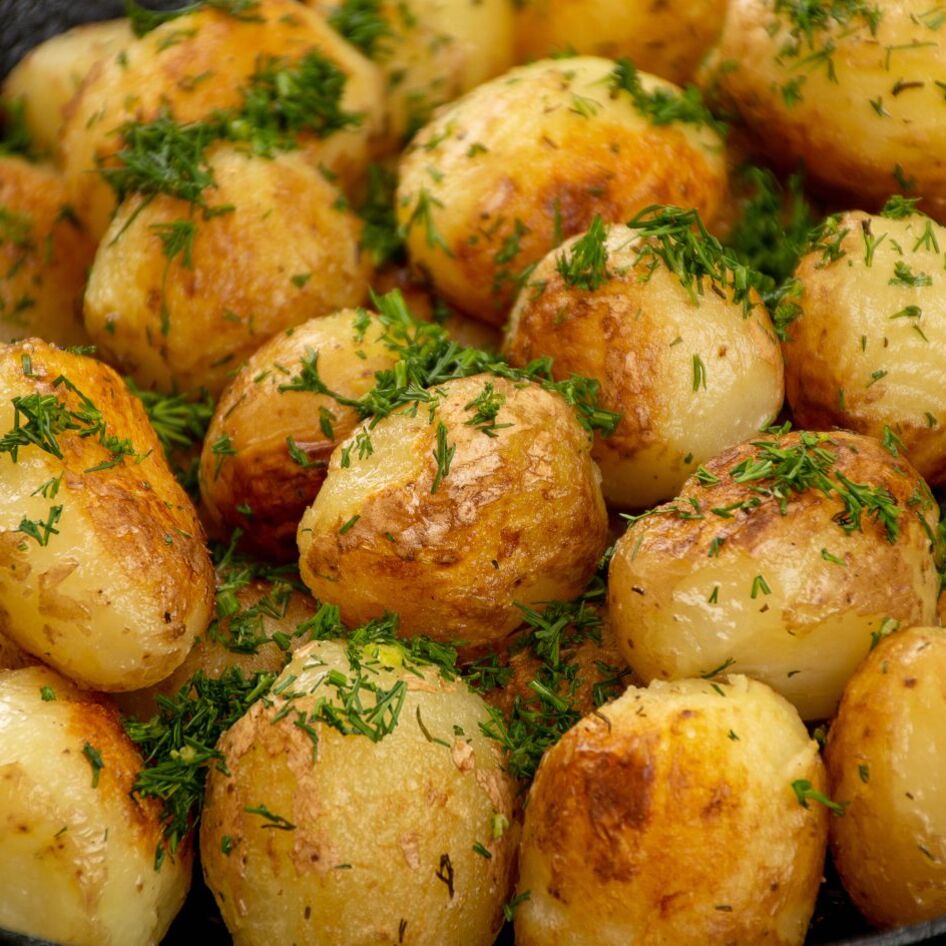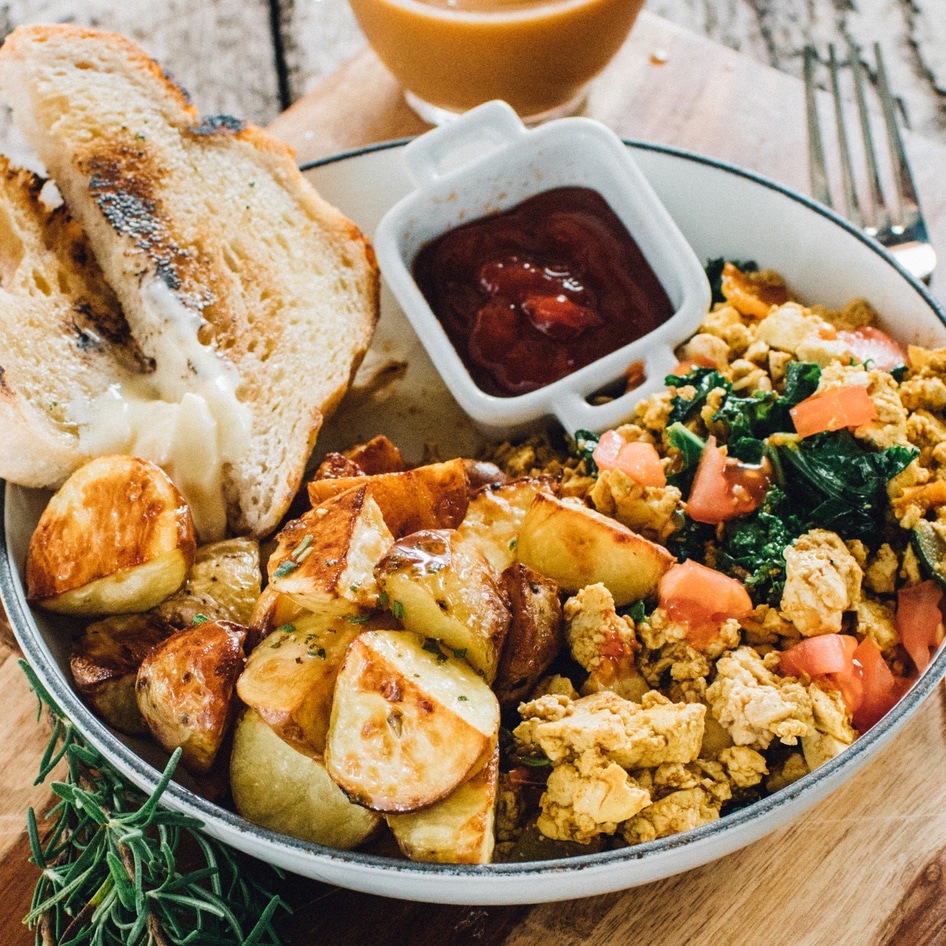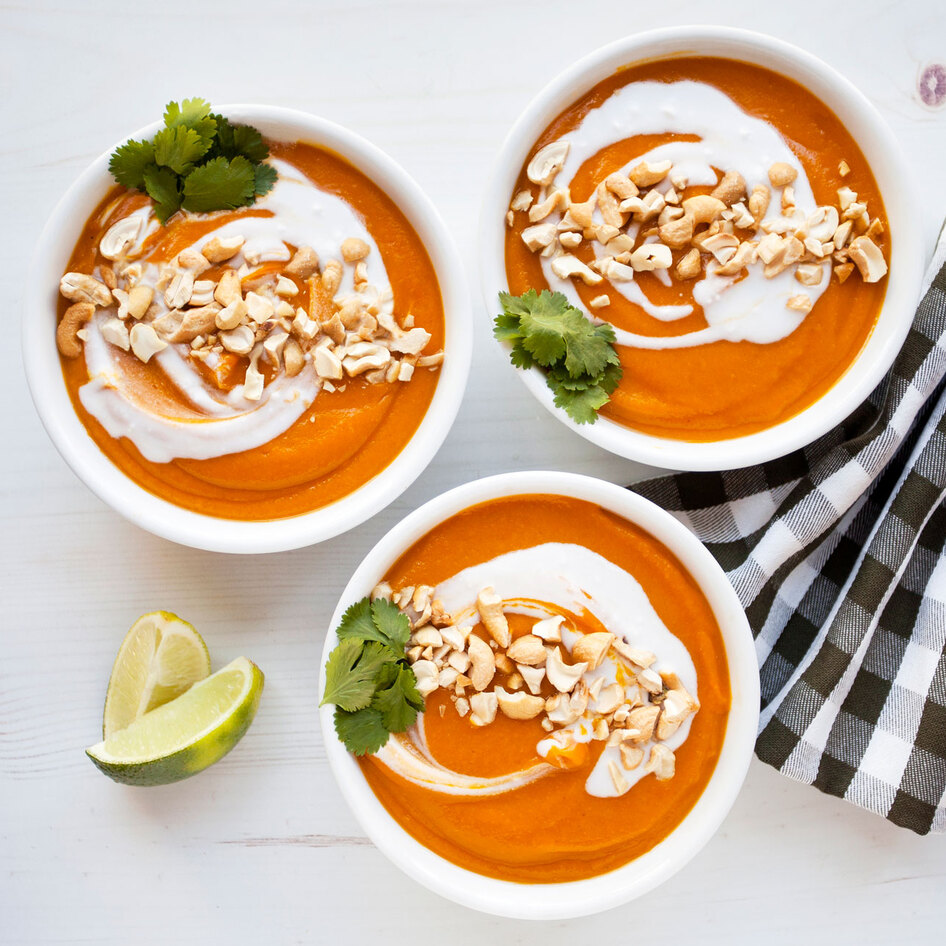Zendaya is a passionate vegetarian. In fact, she hasn’t eaten meat since she was 11 years old, when she first passed a slaughterhouse with her father. “I thought it was awful,” she once told People magazine. So, she turned to a life of vegetarianism, but there was one big problem: she wasn’t a fan of vegetables. She previously told US Weekly: “I’m a vegetarian who doesn’t like vegetables too much—makes it challenging!”
 Nicole Alexander | Wikimedia Commons
Nicole Alexander | Wikimedia Commons
While Zendaya hasn’t discussed her diet much lately, if she still isn’t a fan of greens, she’s certainly not alone. Research shows that only one in 10 adults in the US are meeting their recommended fruit and vegetable intake. This is concerning, as vegetables are packed with essential vitamins, minerals, fiber, and antioxidants, all crucial for maintaining health and reducing the risk of disease. But fear not—there are ways to enjoy the benefits of vegetables without actually having to taste them. No magic required, just smart cooking. Read on to learn more.
Why is eating vegetables important?
As mentioned above, vegetables are an important source of nutrients. In fact, together with fruit, they’re among the best dietary sources of nutrients we have. They’re packed with antioxidants, for example, which are potent plant compounds that help tackle free radical damage in the body. Research suggests that, over time, this damage can build up and increase the risk of chronic diseases, including cancer and heart disease.
“The antioxidants in vegetables help prevent damage to our cells when we’re exposed to oxidative stress from a poor diet, environmental pollutants, or free radicals produced during normal biochemical reactions in the body,” Stephanie Wells, MS, RD, ACSM-CPT, founder of Thyme to Go Vegan Nutrition Services, told VegNews.
 Getty
Getty
On top of this, vegetables also help stop us from becoming deficient in important nutrients, like iron and vitamin C, for example. Plus, they’re packed with fiber. “[Fiber] is essential for reducing inflammation and helping beneficial gut bacteria thrive over pro-inflammatory bacteria,” explains Wells. Right now, research suggests that around 95 percent of Americans are not getting enough fiber in their diet, which is likely linked to not eating enough fruits and vegetables. Fiber cannot be found in animal products, only in plant-based foods.
For these reasons, eating vegetables is vital for our health. But if, like Zendaya, you’re not a fan of the way vegetables taste, there are ways to pack more into your meals. Hide them in smoothies, shakes, and sauces, for example. Heck, you can even bake them into brownies.
How to sneak more vegetables into your diet: 5 top tips
Intrigued? Find our five top tips for sneaking more vegetables into your diet below.
BECOME A VEGNEWS VIP: Get exclusive product deals, freebies, and perks galore!
1 Hide them in a creamy milkshake
If you’re not a huge fan of vegetables, but you can get down with a milkshake, then we have some good news: it’s easy to hide nutritious vegetables in this creamy beverage (and you won’t even know they’re there). Cauliflower, for example, has a mild flavor and a creamy texture when blended, so it’ll help make your milkshake extra velvety while providing a good dose of vitamins and minerals (the taste of cauliflower is easily overwhelmed by ingredients like vanilla and cinnamon or fruits like strawberries and raspberries). Zucchini also blends well into shakes without bringing a strong taste, and even beets can bring a nice earthy element to chocolate shakes.
Try it in a recipe: Vegan Red Velvet Beet Shake
2 Blend them into a velvety pasta sauce
Another easy way to sneak more vegetables into your diet is by blending them into a velvety pasta sauce. Just like with a milkshake, mild-flavored veggies like cauliflower and zucchini add a creamy texture without overpowering the taste. If you have a sweet tooth, carrots and sweet potatoes bring a natural sweetness that balances perfectly with savory flavors.
Try it in a recipe: Cajun Coconut Sweet Potato Rigatoni With Kale
3 Bake them into a brownie
The secret to a rich, fudgy, indulgent brownie? Hidden vegetables. Stay with us. Avocados are packed with healthy fats and have a naturally creamy texture, making them a perfect substitute for butter or oil. Sweet potatoes and carrots add subtle sweetness, while black beans create an extra fudgy, moist texture—without anyone suspecting a thing.
Try it in a recipe: Vegan and Gluten-Free Black Bean Fudge Brownies
4 Batter them into a crispy vegan burger
Mushrooms are technically fungi, but according to the US Department of Agriculture, they still count toward your vegetable intake. If you’re not a fan of their texture, battering and frying them can turn them into a crispy, delicious treat—without losing their nutrients. (Though, of course, fried foods aren’t quite as healthy as fresh!) The same trick works for zucchini, eggplant, cauliflower, green beans, and even avocado, all of which develop a satisfying crunch when fried.
Try it in a recipe: Vegan Cajun Beer-Battered Oyster Mushroom Sandwich
5 Mix them into a meaty vegan chili
If you’re in the mood for a chili, you can, of course, reach for ingredients like vegan ground beef to make it extra meaty. But while you’re there, don’t skip on the vegetables. If you’re not a fan of the taste or texture, try chopping them finely or blending them into the sauce. This way, they become virtually undetectable but still pack in all the health benefits. You can sneak in veggies like carrots, zucchini, bell peppers, or even spinach without altering the dish’s core flavor. Fun fact: When Zendaya’s fiancé, actor Tom Holland, is cooking for her, one of his go-to meals is a chili with lentils.
Try it in a recipe: Meaty Vegan Lentil Chili Con Chili
For more plant-based stories like this, read:
JUMP TO ... Latest News | Recipes | Guides | Health | Subscribe
